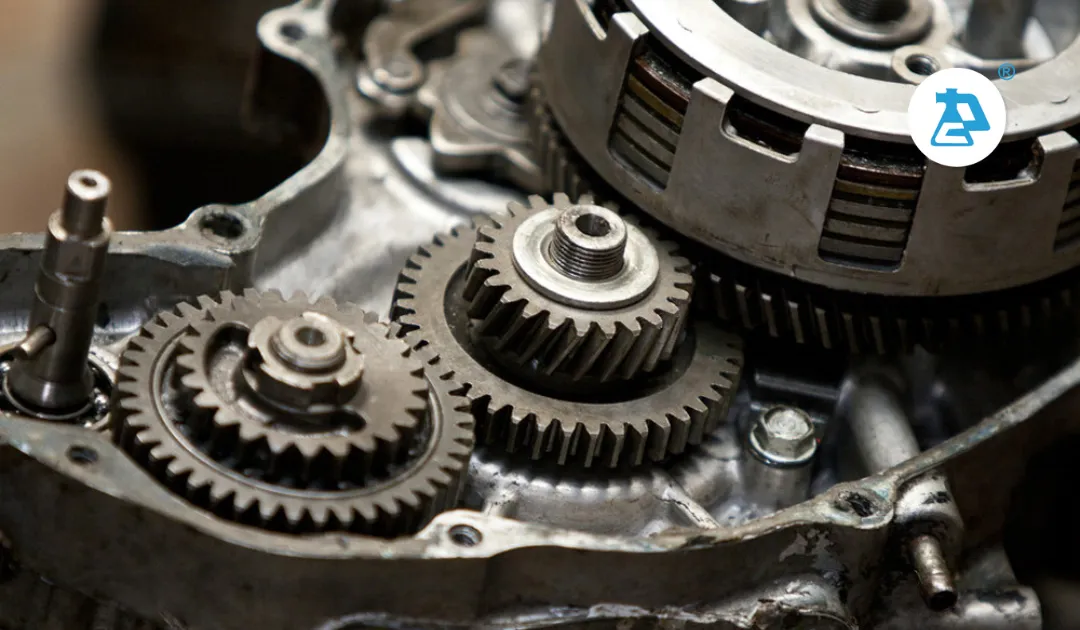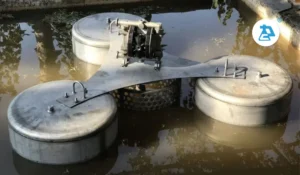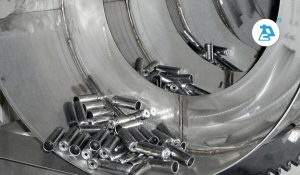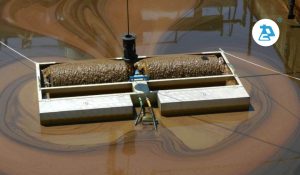It is common knowledge for all motorcycle enthusiasts that keeping your motorcycle engine in top condition is extremely important in order to avoid unnecessary expensive repairs. Your motorcycle engine is the heart of your bike, and maintaining it ensures that the vehicle functions smoothly, and also increases the life of the bike. Regular maintenance and cleaning of your machine’s engine is important for smooth performance and longevity. Cleaning is not just about the looks of your bike; internal cleaning of the engine affects how your motorcycle functions. When dirt and grime build up inside your bike’s engine, it causes more wear and tear and can damage its parts. This blog provides you with a comprehensive guide on the best practices to keep your motorcycle’s engine clean and functioning well.
Routine Inspection
Every motorcycle manual specifies a timeline for performing engine inspections. It is crucial to follow the guidelines and inspect your bike’s engine at these intervals in order to maintain the engine and ensure that the machine’s performance does not degrade quickly. Below are the key areas that require routine inspections in order to ensure your bike’s engine is healthy.
Oil and Fluid Levels: Each motorcycle’s engine oil, brake fluid, and coolant should be within the recommended ranges. When performing an inspection, ensure these levels adhere to the recommended ranges. Low levels or dirty fluids can cause damage the engine and other components.
Air Filter: Proper airflow is required to ensure the engine’s performance. If the filter is dirty or clogged, it needs to be cleaned or, in some cases, replaced. Thus, it is essential to inspect your machine’s air filter regularly.
Electrical Systems: The battery, starter, and ignition are key to your bike’s performance, so it is crucial to inspect them in a timely manner for damage or wear and replace them if necessary.
Cleaning Techniques
Upon inspection, if dirt and grime buildup is detected on your motorcycle engine, it needs to be cleaned immediately. The correct techniques are crucial while performing the cleaning, as you may inadvertently cause more damage to the motorcycle’s engine if cleaned incorrectly.
Get rid of grease and dirt:
Any motorcycle engine will collect grease, grime, and dirt on its components over time. It’s important to keep them clean to avoid heating issues and damage.
Use the right cleaning products:
Cleaners and degreasers specifically made for motorcycles are available in the market. Ensure that you use the correct products to avoid any damage to your engine parts. Using household cleaners is a complete no when it comes to your bike’s engine.
Washing the engine:
High-pressure washes can be very damaging to your motorcycle engine. Delicate parts that connect to the bike’s electrical system can short-circuit, causing expensive repairs. To wash the engine, use a soft cloth and warm water and ensure the washing is done gently.
Drying the engine:
Water spots can accumulate on your engine if it is not dried properly. Water left in the nooks and crannies of the engine components can cause rust over time. Use compressed air to ensure that the engine is completely dry and no water is left inside. You can also use a soft cloth to wipe it down.
Advanced Cleaning and Maintenance
More advanced cleaning is required for tougher grime that cannot be cleared with the above-mentioned cleaning methods.
Ultrasonic Cleaner:
This can be used to remove stubborn dirt and grime that does not come off with normal washing.
Polishing & Coating:
Damaged or corroded parts inside the engine can be harmful in the long run. Using a high-quality polish to coat the engine’s copper and aluminium components is a good practice to maintain their shine and prevent wear.
Valve Adjustment:
For the longevity of your bike’s engine, adjusting the valve is a crucial step that falls under advanced maintenance. It’s essential to follow the manual to clear the valve as incorrect valve clearance can cause increased damaged to the engine. You need to remove the valve cover, use the feeler guage to check the clearance between the valve and the rocker arm and adjust it according to specification mentioned in the manual.
Carburetor and Fuel System Cleaning: If your bike’s carburetor and fuel system are clogged with deposits, it will affect the performance with time; therefore, both need to be cleaned regularly.
Storage Maintenance
Another key to ensuring your motorcycle engine’s long life is seasonal maintenance and proper storage when the vehicle is not in use.
Clean the Engine:
Make sure to thoroughly clean the engine before putting your bike away. This helps prevent dirt and grime from building up.
Change the Oil:
Swap out the old oil for fresh oil to avoid corrosion and potential damage while the bike is not in use.
Store in a Dry Place:
Keep your motorcycle in a dry and well-ventilated spot to avoid moisture problems.
Cover the Engine:
Use a cover that is breathable for the engine to keep dust away.
Check the Battery:
Regularly check the battery to ensure it stays charged and in working order.
Seasonal Maintenance
Spring Checks:
Before you start riding in the spring, give your motorcycle a thorough once-over. Check the engine, fluids, and other parts. If any fluids have gone bad over the winter, make sure to replace them.
Winter Checks:
If you’re planning to store your bike for the winter, take steps to protect it from the cold. Follow the recommended storage preparation steps to keep it in good condition until you’re ready to ride again.





